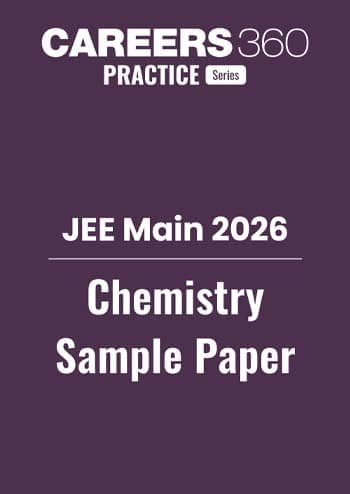Preparation of Phenols - Practice Questions & MCQ
Quick Facts
-
26 Questions around this concept.
Solve by difficulty
Main products formed during a reaction of 1-methyoxy napthalene with hydroiodic acid are:
Which pair among the following will yield phenol upon treatment with NaOH ?
Hydrolysis of which compound will give carbolic acid?
JEE Main 2026: Official Website | Top 30 Most Repeated Questions
JEE Main Sample Papers: Physics | Chemistry | Maths
JEE Main QP & Mock: Previous 10 Year Questions | Chapter Wise PYQs | Mock test Series
JEE Main Most Scoring Concept: January 2025 Session | April 2025 Session | Overall

In the above chemical reaction, intermediate "X"and reagent/condition "A" are :
Concepts Covered - 2
Phenol is manufactured from the hydrocarbon, cumene. Cumene (isopropylbenzene) is oxidised in the presence of air to cumene hydroperoxide. It is converted to phenol and acetone by treating it with dilute acid. Acetone, a by-product of this reaction, is also obtained in large quantities by this method. The reaction occurs as follows:

From Haloarenes
Chlorobenzene is fused with NaOH at 623K and 320 atmospheric pressure. Phenol is obtained by acidification of sodium phenoxide so produced. The reaction occurs as follows.

From Benzenesulphonic acid
Benzene is sulphonated with oleum and benzene sulphonic acid so formed is converted to sodium phenoxide on heating with molten sodium hydroxide. Acidification of the sodium salt gives phenol. The reaction occurs as follows:

From Diazonium salts
A diazonium salt is formed by treating an aromatic primary amine with nitrous acid (NaNO2 + HCl) at 273-278 K. Diazonium salts are hydrolysed to phenols by warming with water or by treating with dilute acids. The reaction occurs as follows.

Study it with Videos
"Stay in the loop. Receive exam news, study resources, and expert advice!"














